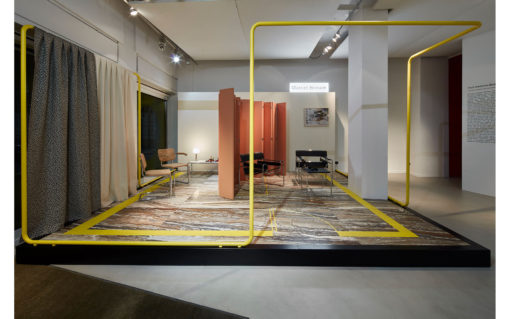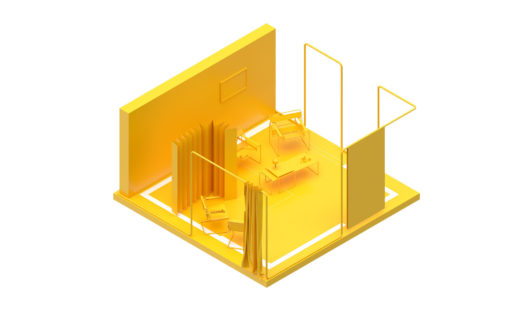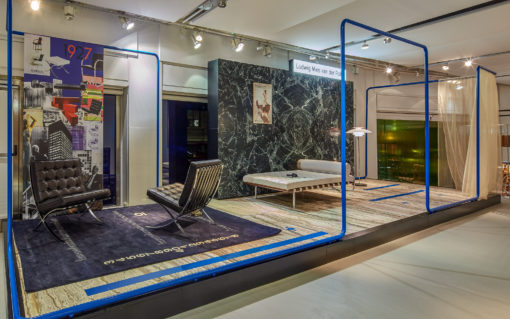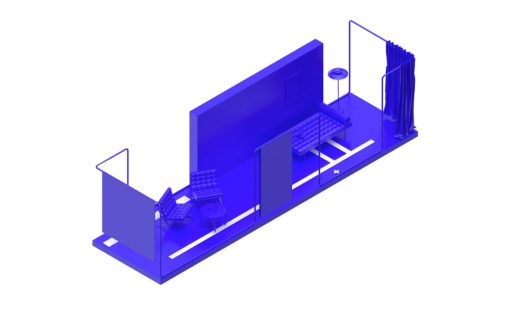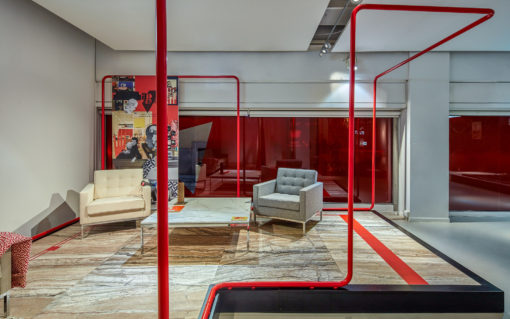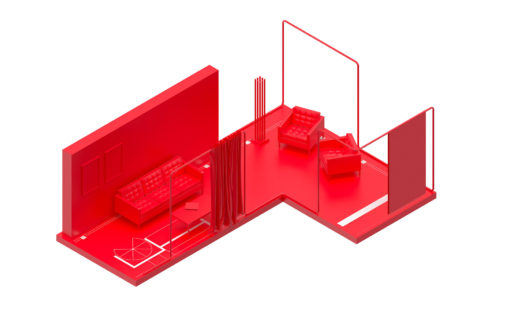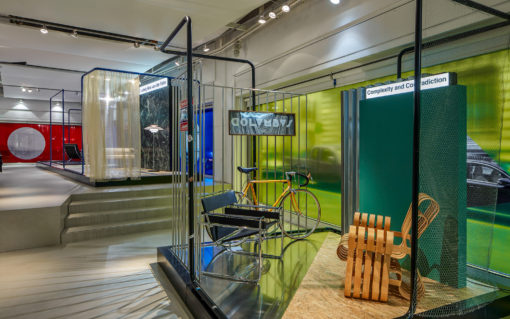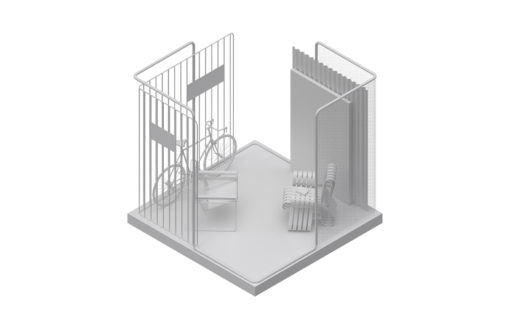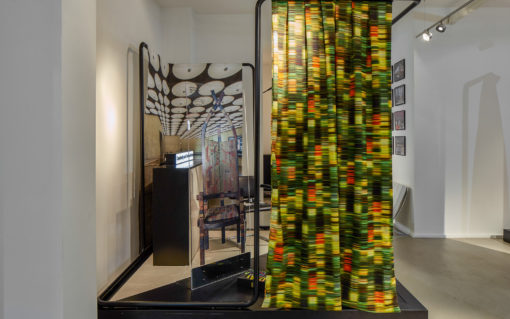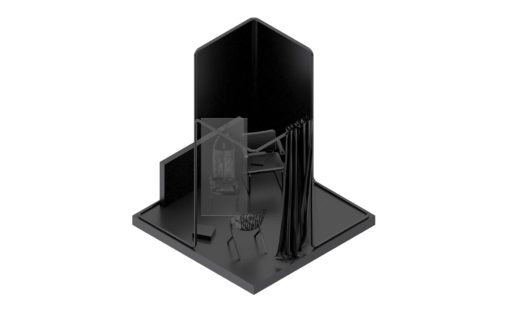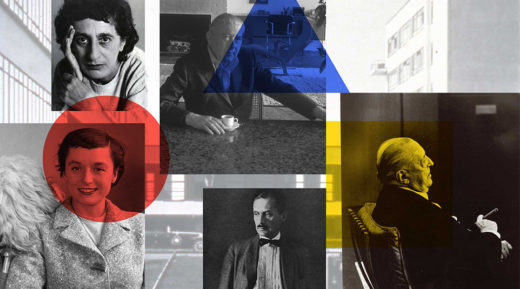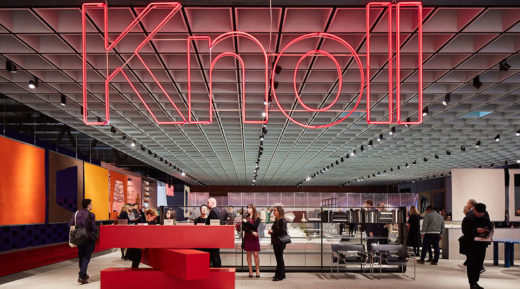Welcome to "Knoll Celebrates Bauhaus," a curated exhibition, designed for Salone del Mobile 2019, that pays homage to the ever-present Modern ideals put forth by the Bauhaus.
From Ludwig Mies van der Rohe to Marcel Breuer to Florence Knoll, experience the designers and their work whose aesthetics laid the groundwork for Knoll.
The Exhibition
Concurrent with the 58th Salone del Mobile in Milan, "Knoll Celebrates Bauhaus" is an exhibition curated by OMA in collaboration with Domitilla Dardi, design curator and historian. OMA, a Netherlands-based architecture firm co-founded by Rem Koolhaas, and Dardi sought to surface the design ideologies that make up the Modern style and illustrate how they are highly intertwined with Knoll through company co-founder Florence Knoll.
Located in the Knoll Milan Showroom at Piazza Bertarelli, the exhibition is on display from April 9th – 14th. Demetrio Apolloni, President of Knoll Europe, commented, "We felt strongly about making this project become a concrete reality precisely during a week of such great importance for international design. It is an exhibition that underscores the strong bond between our company and the Modern Movement."
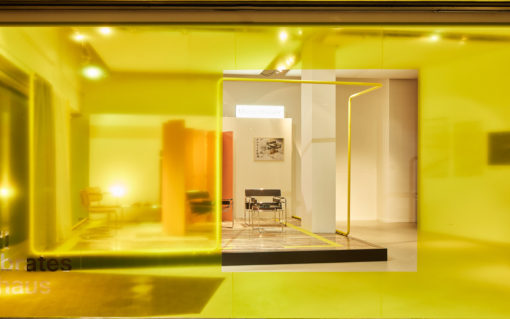
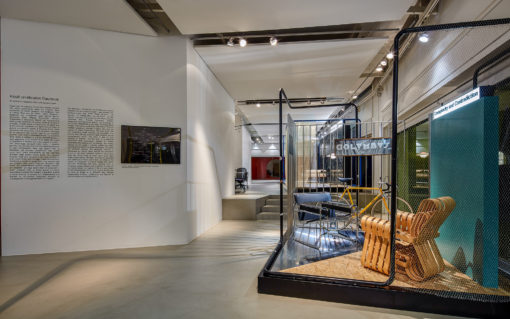
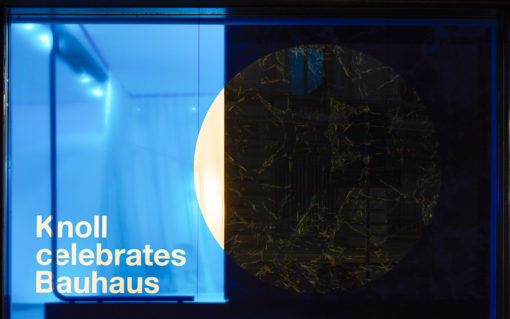
The exhibition explores the work of Ludwig Mies van der Rohe, Florence Knoll and Marcel Breuer. Divided into a series of “clusters,” each area thematically frames the work of the respective designer; there are also two spaces, titled "Complexity and Contradiction," that combine Knoll designs from across the decades. Together, the various vignettes paint an homage to the ever-present Modern ideology put forth by the Bauhaus.
The "clusters" in "Knoll Celebrates Bauhaus" follow: Marcel Breuer, Ludwig Mies van der Rohe, Florence Knoll and Complexity and Contradiction.
The Designers
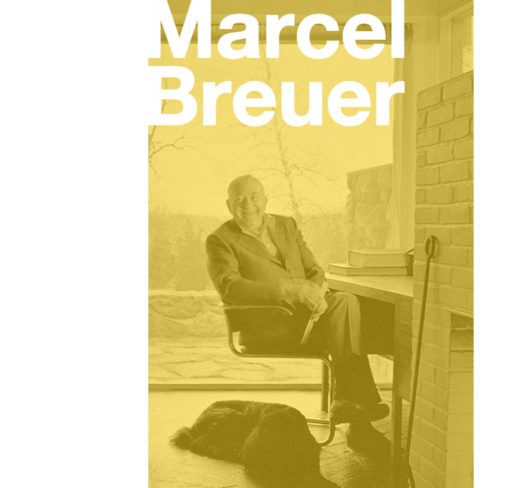
The subject of the first cluster is Marcel Breuer, a designer who experienced the Bauhaus first as a student and then as a teacher. His early years of study were divided between two different core teachings of the school, that of expressionism – with a closer connection to crafts and local folk traditions – and that of rationalism – predicated on intentionality and leveraging industrial design.
Breuer ultimately combined the two schools of thought, helping form part of the international Modern movement that solved for the gap between the artist's hand and the machine. His research on metal tubing, inspired by bicycle frames, generated works that reflect an authentically timeless vision of Modern design.
An early mentor to Florence Knoll during her time in the office of Walter Gropius in the 1930s, Breuer eventually sold his furniture collection to the Italian design company Gavina SpA. Knoll acquired Gavina in 1968 and with it Breuer's entire collection including the Wassily chair, the Cesca chair and the Lacio table collection – all Modern classics in their own right.
The second cluster focuses on Ludwig Mies van der Rohe, one of the most important figures in the history of architecture, who served as the last director of the Bauhaus until its closing in 1933. He then immigrated to the United States in 1938 to become the Director of Architecture at the Armour Institute (later the Illinois Institute of Technology). From his Chicago-based practice, Mies designed a portfolio of buildings that changed the face of American institutional architecture – the most notable examples being the IIT campus in Chicago and the Seagram Building in New York.
While at IIT, he befriended and mentored a young Florence Knoll. Florence always credited Mies as her most influential instructor and in 1948, Mies granted Knoll exclusive rights to produce his furniture, including the Barcelona Collection, the Brno chair, and MR Series.
In the exhibition, Mies' classics, from the MR series to the Barcelona chair, are paired with specific objects - a camera, a telephone and a woman's fragrance - that collectively symbolize progress underscored by an essential elegance, a feature inherent in Mies' work.
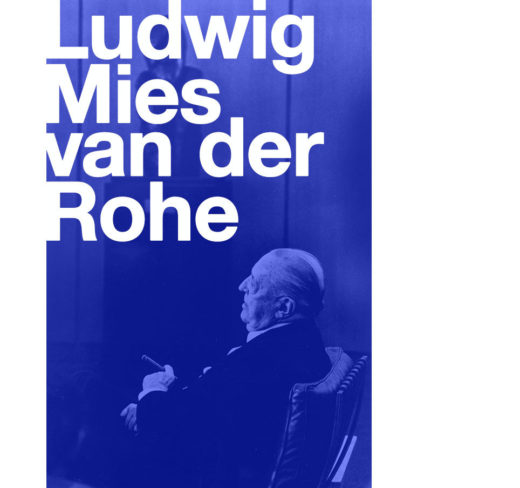
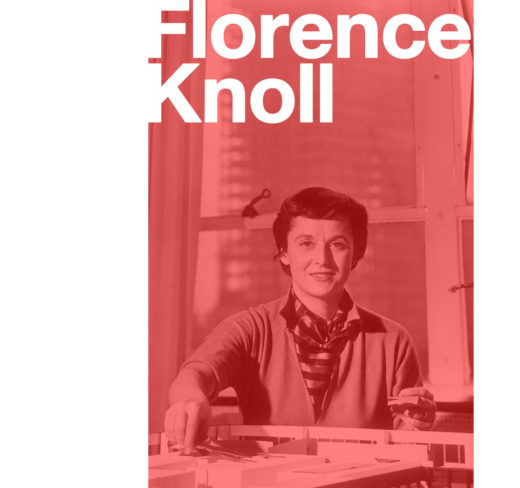
Subject of the third cluster and central link between the Bauhaus and Knoll, Florence Knoll adapted Modernist principles with those of the American Modern movement to create a new “total design” approach relating architecture, people and furniture. Over the course of her life, Florence shifted from studying with Mies to working under Gropius and Breuer. From these Bauhaus masters, Knoll learned and lived by the idea of the total work of art, which she later translated to the guiding principle of "total design" through the creation of the Knoll Planning Unit in 1946.
Florence Knoll set the standard for the Modern corporate interiors of post-war America. Drawing on her background in architecture, she introduced modern notions of efficiency, space planning and comprehensive design to office planning. Florence ardently maintained that she did not merely decorate space - she created it.
As part of her work with the Planning Unit, Florence Knoll frequently contributed furniture designs to the Knoll catalog. She humbly referred to her designs as the “meat and potatoes,” among the standout pieces of Breuer and Mies. In her embrace of the Bauhaus principle of the total work of art, Florence Knoll helped define American Modernism, leading the next generation of Modernists and shaping the contemporary landscape we know today.
The fourth and final cluster, borrowing its title from Robert Venturi's famous 1977 essay “Complexity and Contradiction in Architecture,” presents the legacy of the Bauhaus by way of contemporary designs. Venturi's essay expresses the need for nonstraightforward architecture, rebelling against the purism of Modernism. The dichotomy of styles led to products like Frank Gehry's Cross Check chair and David Adjaye's Skeleton chair. However, since the turn of the 20th century, including the Postmodern designs of the 60's and 70's, there has been an indisputable cultural debt to the Modern Movement, one where the Bauhaus stands at the center.
Those who have challenged the rational approach and the modernist logic have developed new dialects, incorporating decorative elements into a linear design, but have yet to stray far from the deeply coded language that is Modern.
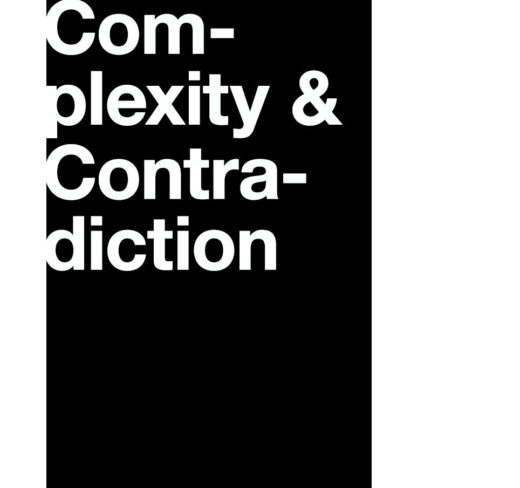
The final clusters takes on a more theatrical approach, escalating the tension across designs through a dialogue between opposites. The juxtaposition sparks a critical debate on the multiplicity of solutions in our in our increasingly complex contemporary world.
One hundred years later, the ideals formed at the Bauhaus are still felt throughout society. "Knoll Celebrates Bauhaus," will be on display through April 14 at the Knoll Milan Showroom in Piazza Bertarelli. To learn more about the Bauhaus and its deeply rooted ties to Knoll click here: Bauhaus, Knoll & American Modernism.






